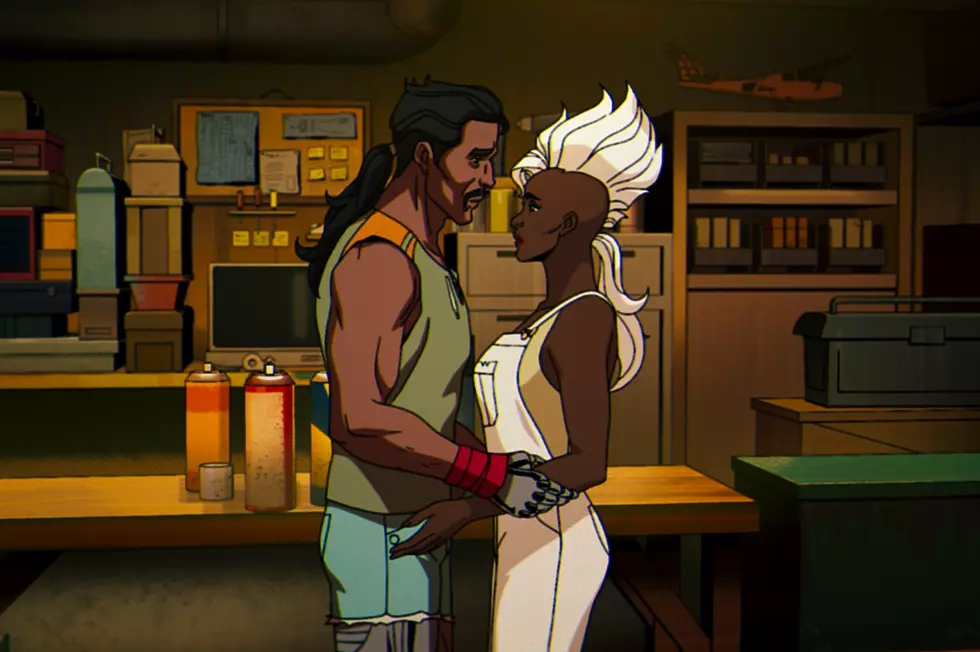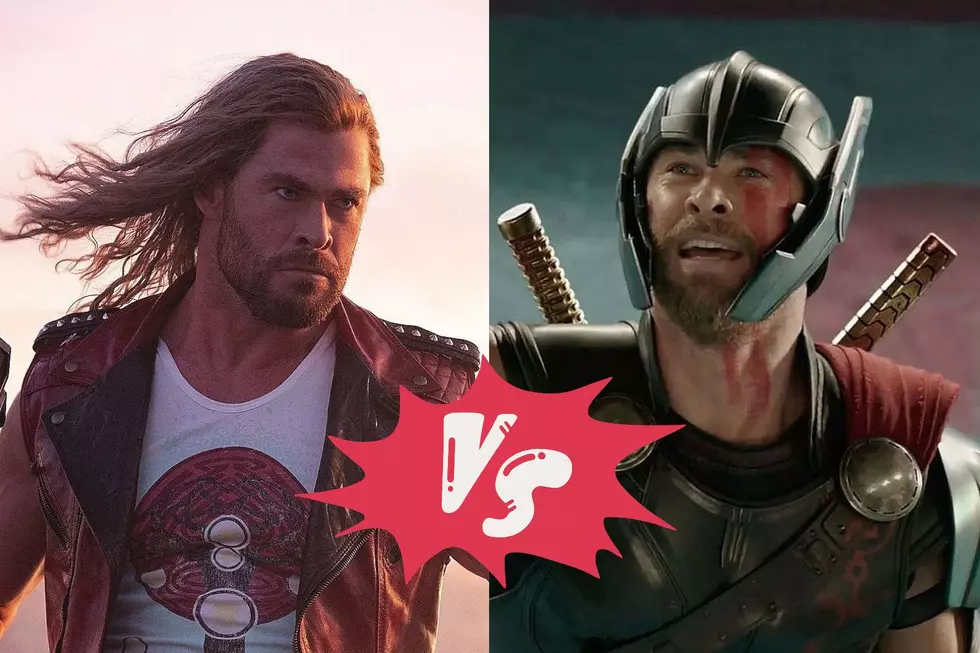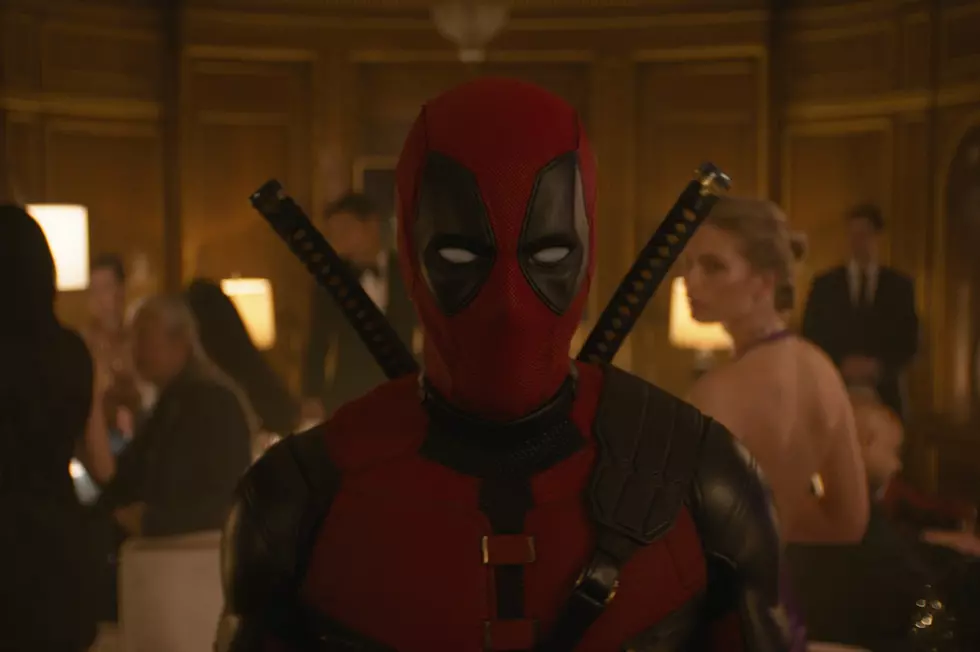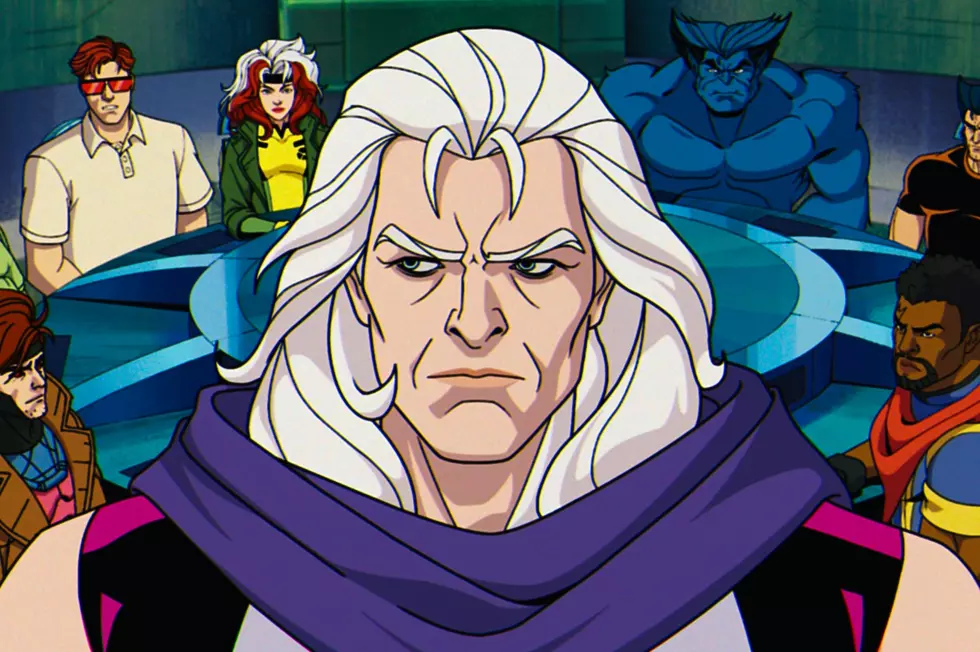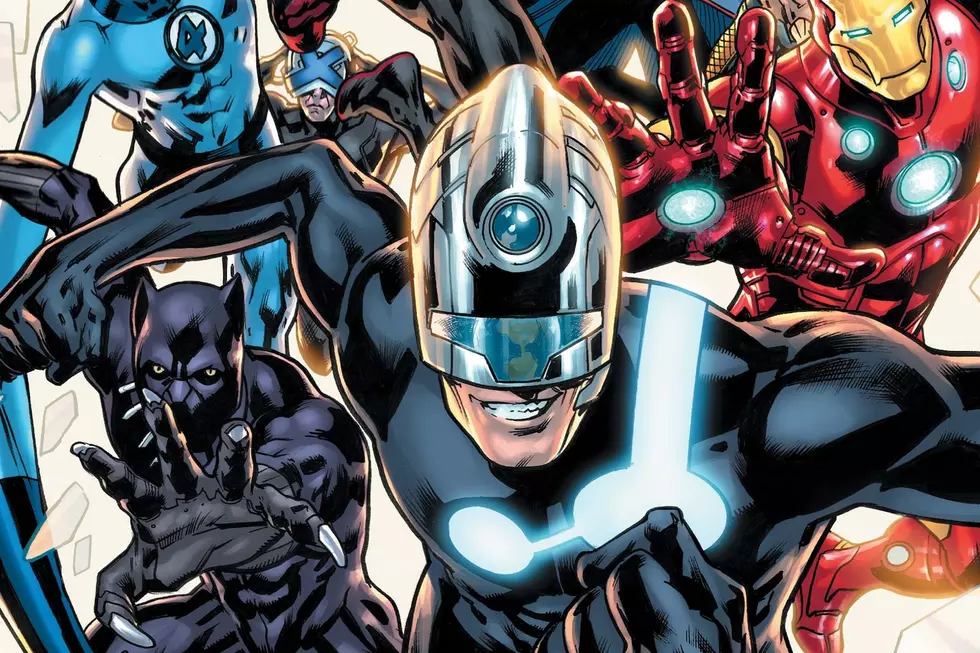
Scott Derrickson on ‘Doctor Strange,’ Marvel Post-Credits Scenes, and the Possibility of a Sequel
How many interviews does it take to land a gig directing a Marvel movie?
In the cast of Doctor Strange director Scott Derrickson, the answer is eight.
“I was counting them,” Derrickson told me with a chuckle. Once the director of the horror films The Exorcism of Emily Rose and Sinister finally landed the Strange assignment, he set about making the movie he’d always wanted to see of the Marvel Comics character he’d loved for years.
“[Doctor Strange is] about a guy who thinks he has everything and suffered incredible pain and loss,” Derrickson explained. “And he goes through a gauntlet of struggle and trauma. We get to see a character move from selfishness to selflessness; to go from being a total materialistic asshole to being a master of the mystic arts. I wanted to make a mind-trip action movie about one man overcoming himself. I wrote that text on the cover of my script to remind myself everyday when I’m shooting, that was what I was making.”
The reminder worked. Doctor Strange is far and away Marvel’s trippiest superhero adventure to date. During my phone conversation with Derrickson, we talked about the movie’s impressive images, and whether he received any pushback from Marvel Studios about making a blockbuster as visually weird as this one ultimately became. We also discussed why his team changed some characters, like Tilda Swinton’s Ancient One and Chiwetel Ejiofor’s Mordo, from their establish comic-book identities, and how he settled on the film’s two post-credits scenes. (Beware, spoilerphobes, there are a few minor ones at the end of this interview.)
I'm assuming to get this job you had to pitch yourself and your vision. What was your pitch for Doctor Strange that got you the job?
I came in with a very specific idea about what a Doctor Strange movie should be, which was rooted in the comics and I thought it should be as weird and as visually ambitious compared to modern comic book movies as the comic was when it showed up in the ’60s compared to other comic books at the time. The basic concept was to create a movie with set-pieces that were totally original. Every set piece in the movie, every action scene in the movie, would be the weirdest scene in any other movie. But I wanted to add five or six of them, and specifically to root those in the comic, and in effects other than just mass destruction.
My favorite scenes were the ones with Strange traveling through different dimensions. Sometimes when you talk to people about Marvel movies, they say “Well they’re great but they all kind of look the same.” You certainly can’t say that of this movie. Was there ever any pushback about how weird you got? Did you get as weird in those scenes as you wanted to get?
I thought there would be pushback, but there never was. There was always an encouragement to keep going. And everybody got on board with it.
The guys at Marvel, first of all, they are real artists. It’s what separates them from other studios in my experience, that these are artists that care about cinema first. They care about movies above all things. And they will get bored with themselves before anyone else gets bored with them. And I think they knew, Kevin [Feige] in particular, knew that it was time to do some radical left turns. Some major visual reinvention. And I think it was one of the reasons why I got hired, because I came in with such a bold take on that and such a specific passion to use the individual effects to do something that we haven’t seen before.
You give some new twists on some of the familiar characters likes Wong and the Ancient One and even Mordo to a certain extent. How do you decide which characters to stay more faithful to and which are the ones that you have room to play with more?
Well, it’s different with each one. With Mordo, I think the whole idea of the Eastern European baron just felt a little dry and played out and not so interesting. We built that character around the actor. Because when Chiwetel came up, I got really excited about that prospect and I’m such a huge fan of him. So that was the easiest one.
Wong and the Ancient One were the hardest. It was really the hardest part of writing the screenplay, because you’re dealing with characters and the comics were 1960s stereotypes. They were stereotypes of what Westerners thought of Asians and in Wong’s case, Asian Americans. Wong was a sidekick kung-fu manservant. What was I supposed to do with that? [laughs]
The Ancient One was playing into the stereotype of the old wise magical Asian on the hill. So they both needed radical reinvention and it was a difficult and time-consuming and nuanced process. All the decisions we made on that were made with the desire to bring proper diversity to the movie. It certainly wasn’t done haphazardly. Every one of those choices was made in an attempt to create the most diverse cast and be as respectful in terms of both race and gender as possible.
I was reading online about some of the different attempts to make Doctor Strange over the years. I hadn’t realized there was so many scripts written. Bob Gale wrote a draft, Alex Cox wrote a draft, David Goyer wrote a draft. Did you ever get a chance to look at any of those previous attempts? And why do you think this character was one that took 30 years to figure out?
I never read any other drafts other than the one we did for this movie. Jon Spaihts wrote the first draft. I spent a long time breaking down the story with him along with Steven [Broussard], our producer. Then [C. Robert] Cargill, my writing partner, and I took over for the remainder of the production and Jon came in and at the last minute and did some polishing. The three of us are the only people who ever did any substantial writing on the movie. Other than that, I never read any previous drafts by anybody.
I can’t speak to the struggles they had because I don’t know what was in those scripts, but I do know that for myself, the movie I wanted to make - and I think the movie that Doctor Strange wants to be, was unmakeable until now. To be able to give proper service to the ambition of Steve Ditko’s artwork, to the feel and look and weirdness of the Doctor Strange comics, visual effects needed to evolve. The movie we made couldn’t have been even five years ago. I stand by the notion that visual effects have finally caught up with the comics.
You have Mordo in the movie, but he’s not really the villain. Instead, you went with Kaecilius, who’s not quite as famous at least to comic book fans. Why did you choose that character for your main villain?
Several reasons. One of them is recognizing that you have a limited amount of real estate. Because I knew that the movie was going to be so visually weird, and I wanted each sequence to be really ambitious and push an audience beyond expectation of what they were going to see, I knew that there was a certain taxing quality to that. When we were test screening the movie, all of those sequences the audience loved but they were too long so we kept trimming them down because you can only take so much of that. It’s quite demanding to watch some of these scenes.
I had an instinct all along that this did not want to be a two and a half or three-hour movie. And wanting it to be the length that it is, there’s not enough real estate to have these set pieces to properly tell Doctor Strange’s origin story and really have the depth of character that you want to build inside of the movie for his arc and his journey, and simultaneously develop a really long backstory and full development of a villain character as well. I knew we had certain limits, and I wanted a human face to it all.
Dormammu is a primary villain of the comics, but I wasn’t going to have him hopping around the streets of New York. So, Kaecilius was born out of my interest in doing the kind of Sauron/Saruman thing. Because so much of the movie is about channeling other dimensional power, right? I began to love this idea of a human figure who is connected to our characters, connected to the Ancient One as a former student. Connected to Strange in that they have similar talents and abilities. Connected to Mordo in that they were like brothers, they were students together and they were masters of the the mystic arts together and that this character falls from this place and becomes a sort of avatar for Dormammu. He is a devotee, he’s like the religious zealot that comes to believe that Dormammu is not the devil he’s been told, but more God than anything. He’s the intent of all evolution as he says. I love that idea and I love the idea of infusing him with interesting ideas because his speech with Strange is one of my favorite scenes in the movie, because his point of view makes a lot of sense. I’m really with him in that scene.
I’m fascinated by the process of making the post-credit scenes in Marvel movies. How early on do they get decided, and are there multiple options? Were there alternate scenes? Was the order of the scenes always set in stone? How do you decide?
We didn’t decide on those post-credit scenes until we had picture-locked the movie. Then we started talking about what we would do with them. We knew once we had finished the movie, what they wanted to be. We wrote the scene for Mordo and shot that separately. I liked the idea that when we get to that tag scene, you don’t even know what movie you’re in. It feels like a different movie when it begins. We tried testing in both orders, we tested audiences and the order that it’s in now just worked a lot better.
That Mordo scene in particular really leaves the movie open for sequels but for you, do you consider it a one off or are you interested in maybe making another Doctor Strange?
I certainly hope they let me make another Doctor Strange. I would do it in a second. I love this character. It’s been the best filmmaking experience of my career; I work really well with these guys. It was a rewarding collaborative process that I would do again in a second.
Doctor Strange opens in theaters on Friday.
More From ScreenCrush
